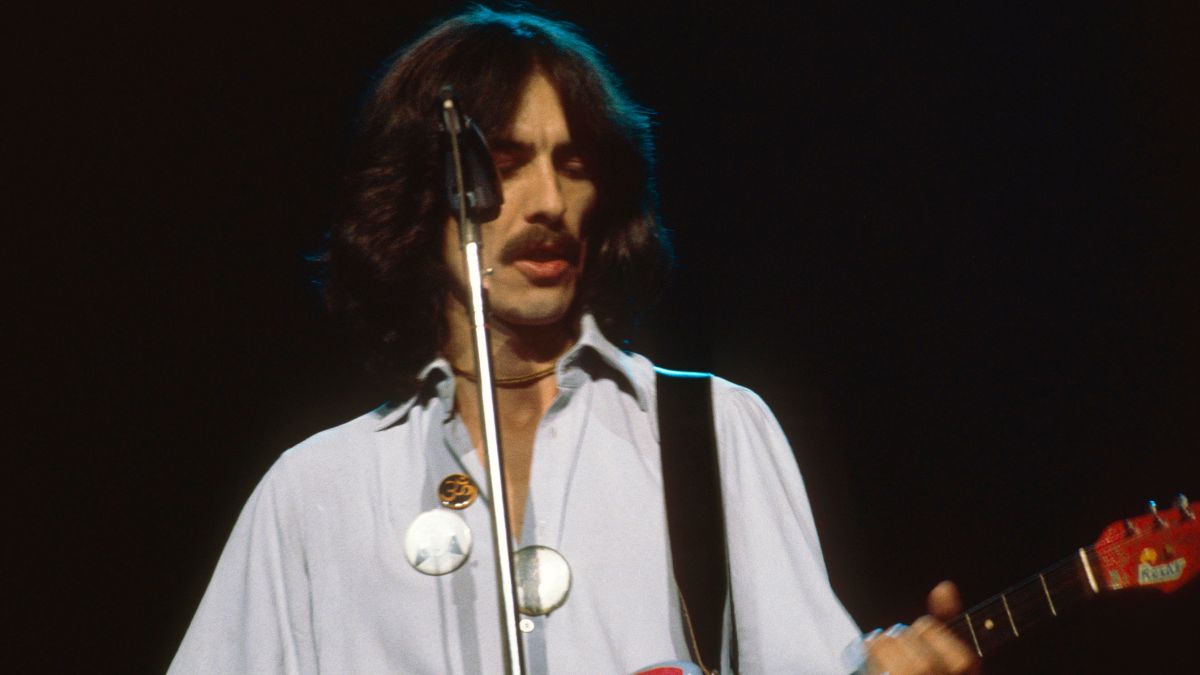“I’ve always regretted it. I thought, I shouldn’t have done that. That was like killing the wife.” Pete Townshend and Roger Daltrey don’t see eye to eye on his guitar-smashing past
As the Who prepare for the final tour, all bets are off on whether or not Townshend will return to his guitar-trashing ways
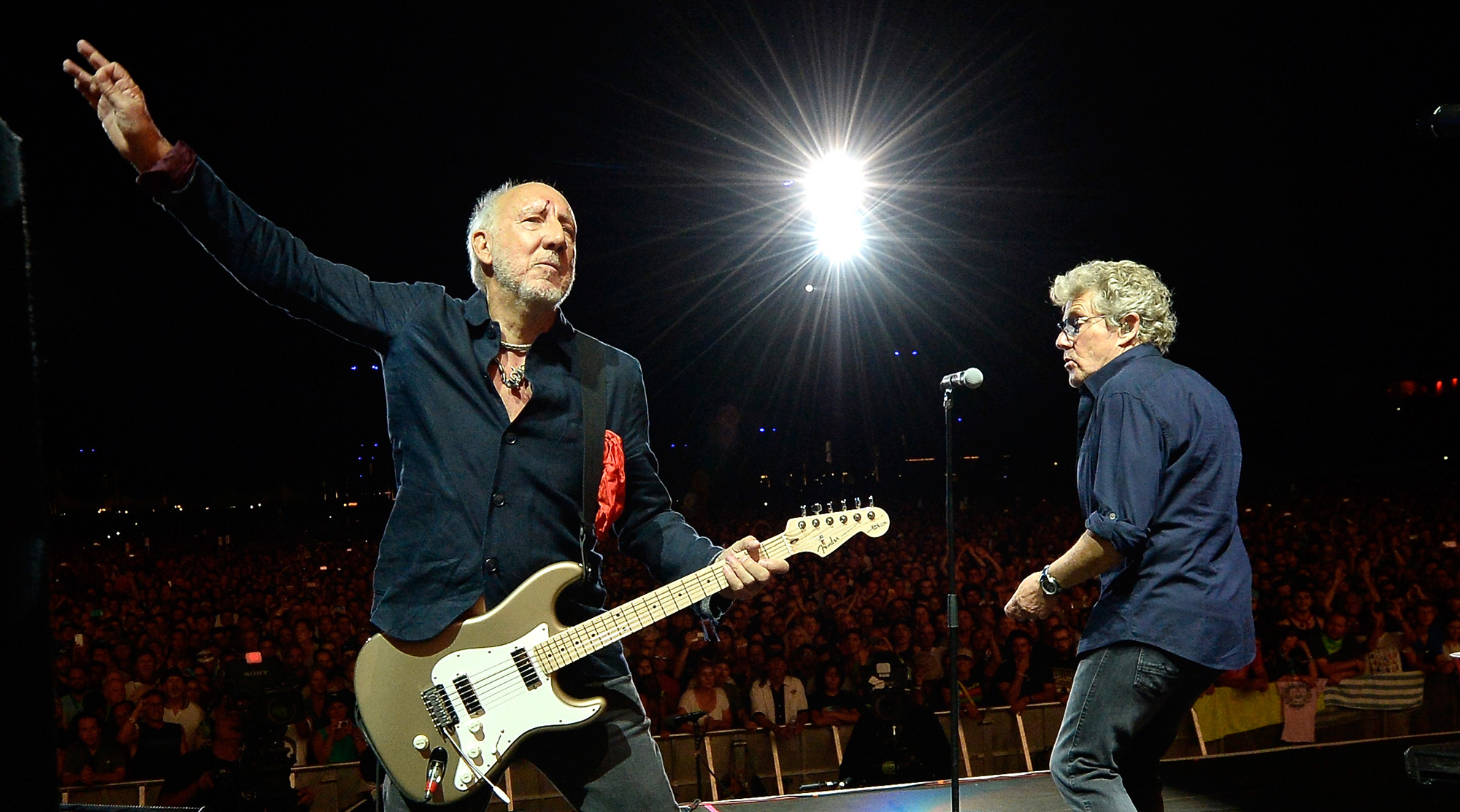
It’s been ages since Pete Townshend smashed a guitar onstage. The last time was 2007, when a Gibson acoustic guitar sadly met its fate in his hands when it proved impossible to tune.
Townshend had actually intended to give up the habit on July 24, 2004, during the Who’s show in Yokohama, Japan, when he destroyed a guitar during a medley from Tommy.
But as the Who prepare to launch The Song Is Over North American Farewell Tour on August 16, it remains to be seen if he’ll do it again for old times' sake.
If his recent comments are any indication, all bets are off.
At the Who's May 8 London press conference to announce the tour, Townshend was asked what he thinks about the instrument upon which he's built his career and reputation. His answer was anything but sentimental.
“I’m not the person to talk to about guitars,” he replied. “I don’t have a relationship with the guitar. It’s a tool.
“Quite a few famous guitar players have spoken about the guitar as a tool. We’re in an era now where some guitars have been made for hundreds of years, like Stradivarius violins.
All the latest guitar news, interviews, lessons, reviews, deals and more, direct to your inbox!
"They become incredibly valuable because they’re old and they’re collectable and rich people will pay huge amounts of money for them.
“But they’re still a slab of wood with strings.”
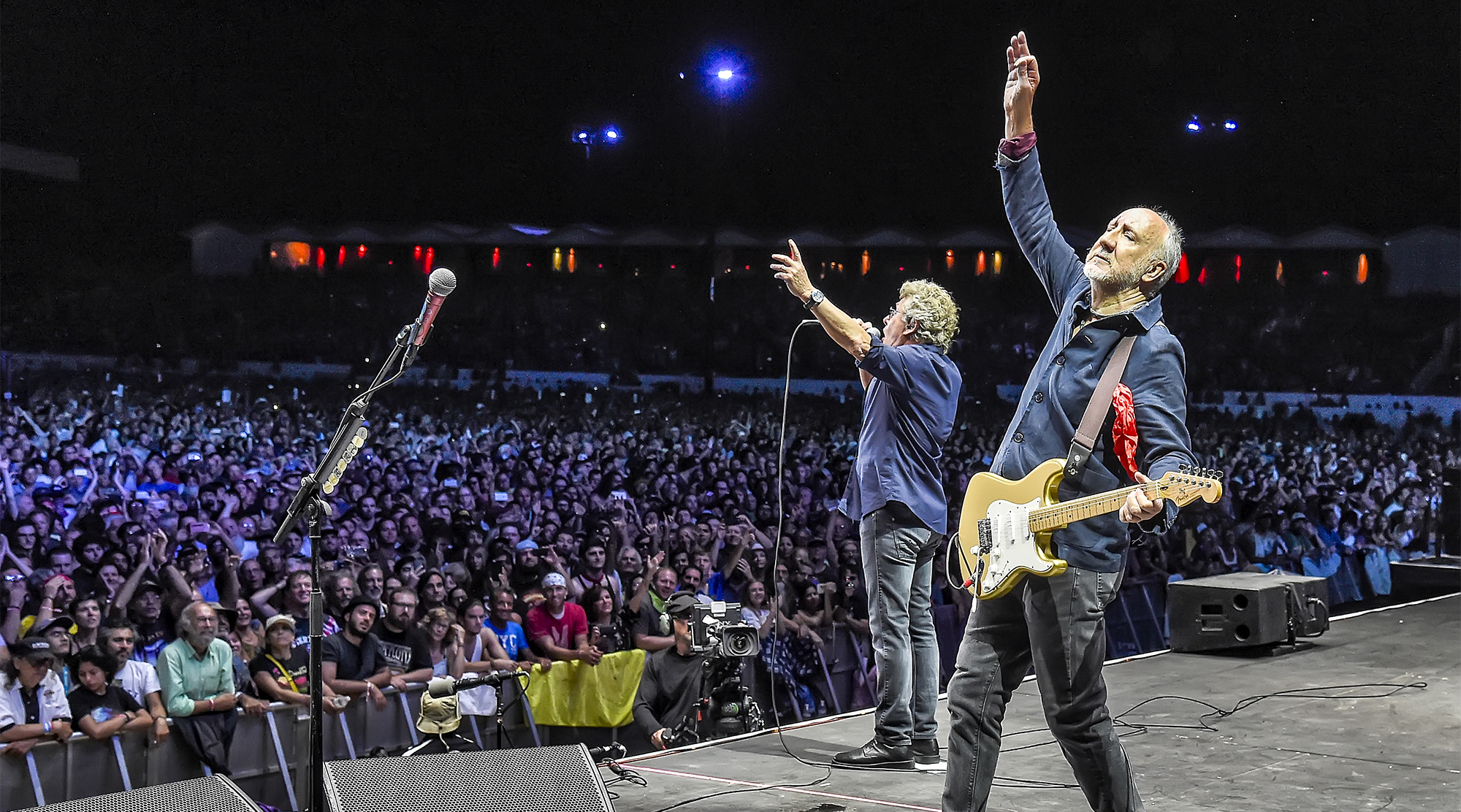
Townshend's not entirely passionless about the instrument. He says he can appreciate quality when he encounters it. He revealed that he recently purchased two guitars “that blew me away” — a Paul Reed Smith and a Jackson, he said, without elaborating on the models.
But don’t expect to see either onstage when the tour gets underway in August.
“Onstage, I have to go back to something which is proven and isn’t going to fall apart in my hands," he says. "Because I’m pretty brutal.”
Although fans have always enjoyed Townshend’s guitar-smashing antics, they’ve rarely gone over as well with Who singer Roger Daltrey. As he revealed in 2024, he doesn’t have Townshend’s appetite for it.
“I’ve only ever smashed one guitar, and I’m really sorry I did it,” Daltrey told Shawn Keaveny’s Daily Grind podcast in March 2024. I don’t know why, just this thing came over me.
“I’ve always regretted it. I thought, I shouldn’t have done that. That was like killing the wife.”
In that same interview, Daltrey lamented the cost and spectacle of Townshend destroying his guitars at the end of the group’s sets.
“[Fans] never came to hear the music,” he said. “They came to see the guitar being broken.
“The trouble is the guitar was worth 50 gigs.”
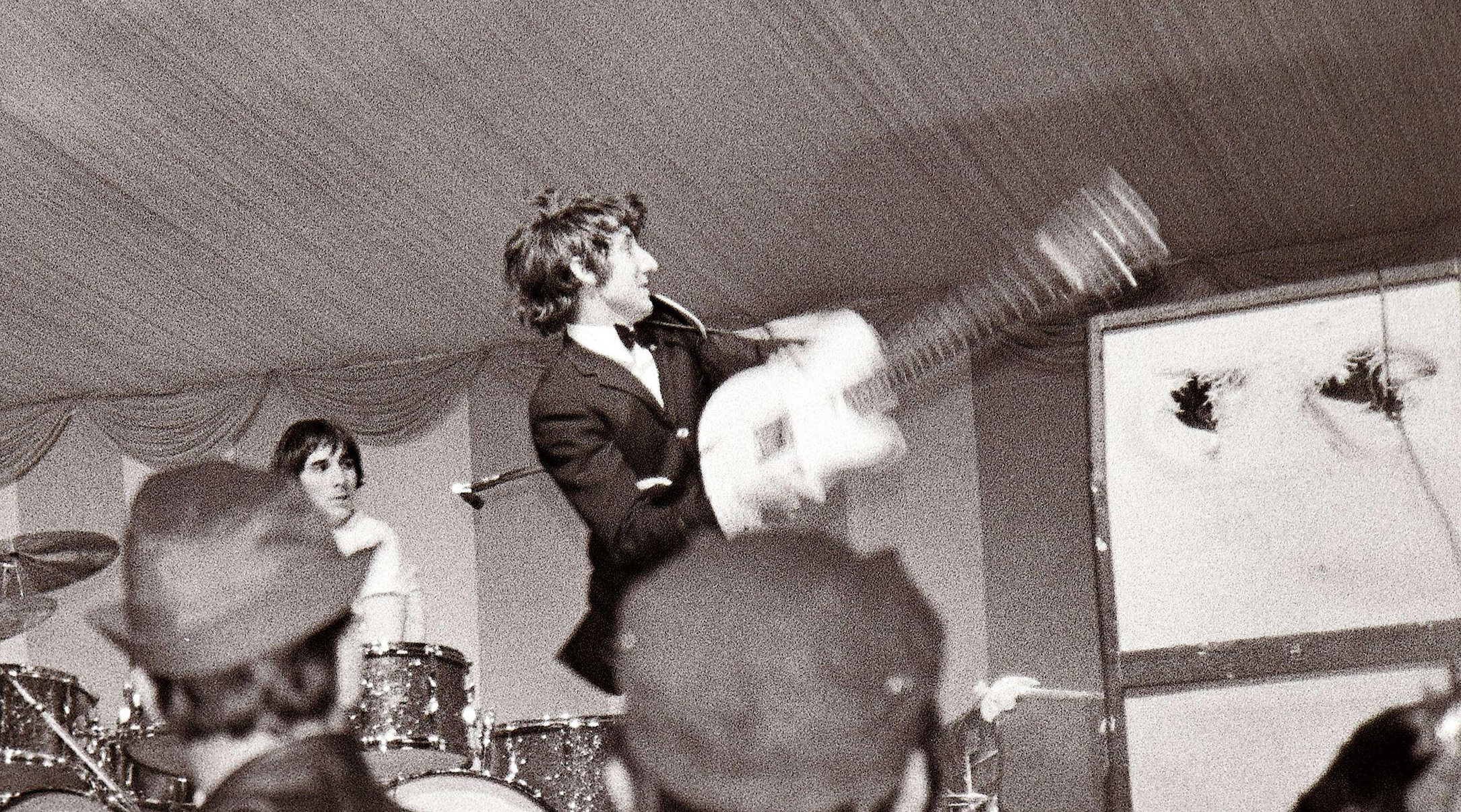
Daltrey grieved about the destruction in his 2018 memoir, Thanks a Lot Mr. Kibblewhite: My Story, calling it “heartbreaking,” particularly when he recalled how he “struggled” to buy his own first guitar.
“It was like watching an animal being slaughtered. An expensive animal that we’d have to replace with another expensive animal before the next gig,” he wrote.
The cost went up whenever the damage extended to the venue, as when Townshend broke his first guitar, accidentally, in September 1964. The episode occurred when he raised his 1964 Rickenbacker Rose Morris 1998 too high and hit the low ceiling during a performance at the Railway Tavern.
“And we had to pay for the hole in the ceiling,” Daltrey wrote. “From then on, the audience expected us to break our instruments. It was our thing.”
Although Townshend seemingly destroyed dozens of instruments — one report claims he clobbered more than 35 in 1967 — he was careful to break each instrument so that it could be repaired for the next day’s show.
“It was costly in glue because as fast as we were smashing it — we had four sets of gear — it then got glued. And by the time we got to smash it again, the glue had set,” Daltrey told the How to Wow podcast in 2020.
“They weren’t prop guitars. They were real guitars, but we worked out very cleverly. Very rarely did the neck break. As long as the neck didn’t break, you could glue the body back.
"Even with holes in it, it didn’t matter, as long as the distance between the bridge and the nut of the guitar was the same, you could make it work.”
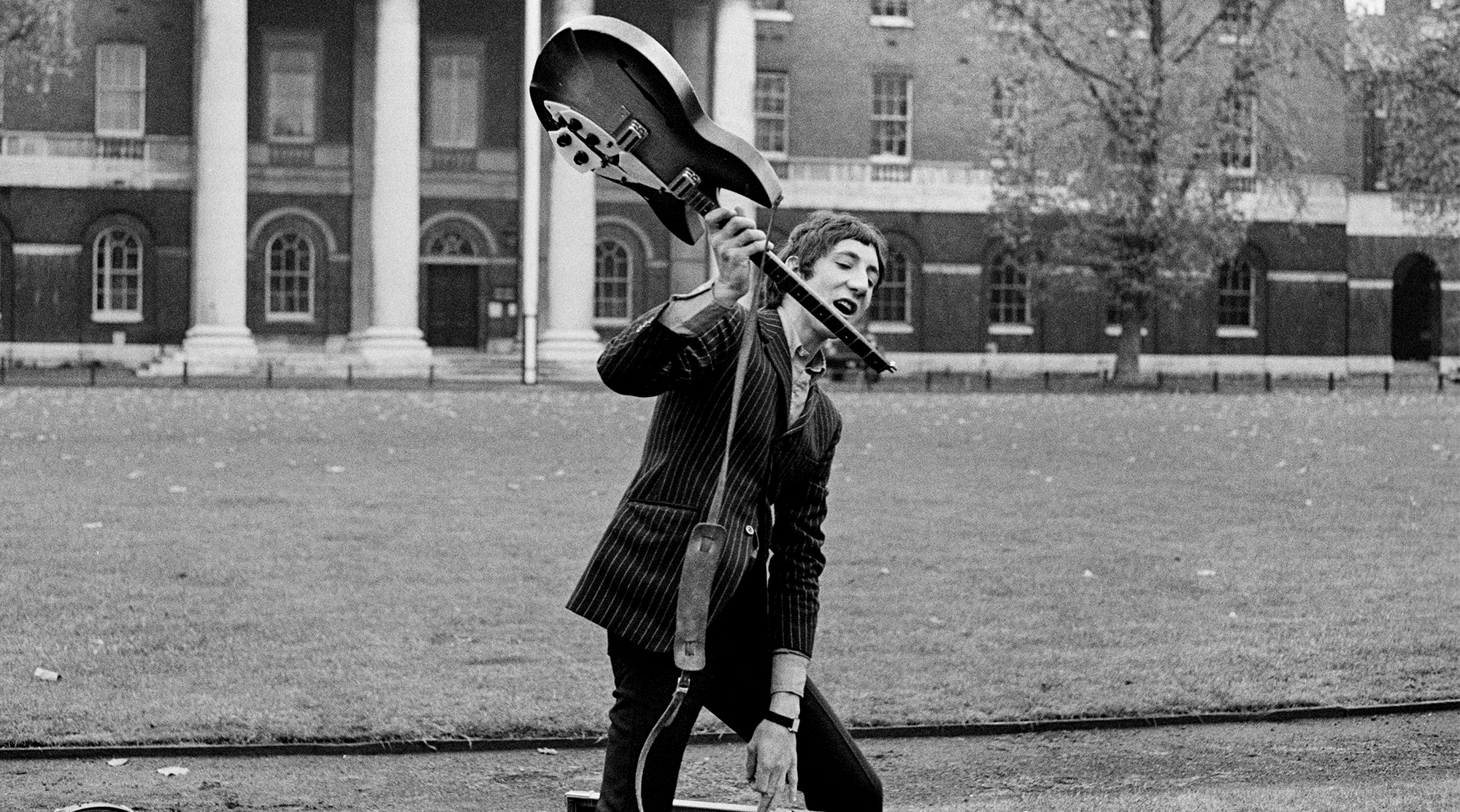
As Townshend explained in a 1968 interview, the guitar destruction was part of an effort to cover up for the Who’s rather unglamorous looks. The guitarist was particularly sensitive about the size of his nose, which he explained was entirely the reason he began playing guitar in the first place — in order to be admired.
Despite his efforts, he never mastered guitar soloing. “I’ll never be able to play the kind of leads that I want,” he griped to Guitar Player in the magazine's May 1972 issue.
His inability led him to claim the Who’s real lead guitarist was bassist John Entwistle, whose clear and resonant bass guitar tones became more prominent on the band’s records.
In related news, the Who announced on May 19 that drummer Zak Starkey has been fired from the band for a second time. Starkey was sacked a month ago and quickly reinstated.
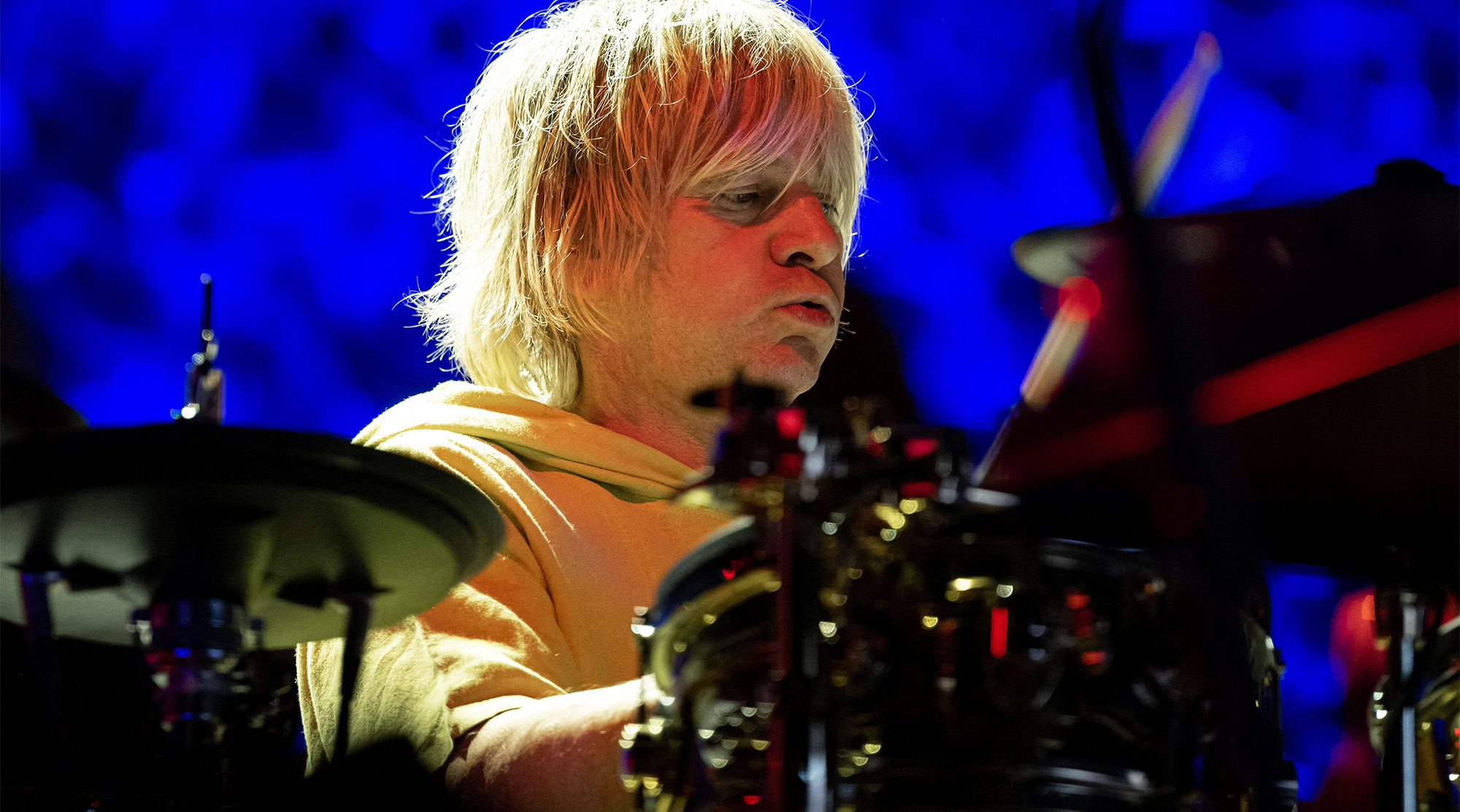
Townshend announced his departure on Instagram. Starkey, the son of former Beatles drummer Ringo Starr, has been the Who’s drummer since 1996.
He will be replaced by Scott Devours, who has performed on Daltrey’s solo shows.
“After many years of great work on drums from Zak the time has come for a change,” Townshend wrote. “A poignant time. Zak has lots of new projects in hand and I wish him the best.'
He added in a second post, “The Who are heading for retirement, whereas Zak is 20yrs younger and has a great future with his new band and other exciting projects. He needs to devote all his energy into making it all a success. We both wish him all the luck in the world.
A post shared by Yolanda Tarbox (@yaggerdang)
A photo posted by on
Christopher Scapelliti is editor-in-chief of GuitarPlayer.com and the former editor of Guitar Player, the world’s longest-running guitar magazine, founded in 1967. In his extensive career, he has authored in-depth interviews with such guitarists as Pete Townshend, Slash, Billy Corgan, Jack White, Elvis Costello and Todd Rundgren, and audio professionals including Beatles engineers Geoff Emerick and Ken Scott. He is the co-author of Guitar Aficionado: The Collections: The Most Famous, Rare, and Valuable Guitars in the World, a founding editor of Guitar Aficionado magazine, and a former editor with Guitar World, Guitar for the Practicing Musician and Maximum Guitar. Apart from guitars, he maintains a collection of more than 30 vintage analog synthesizers.
